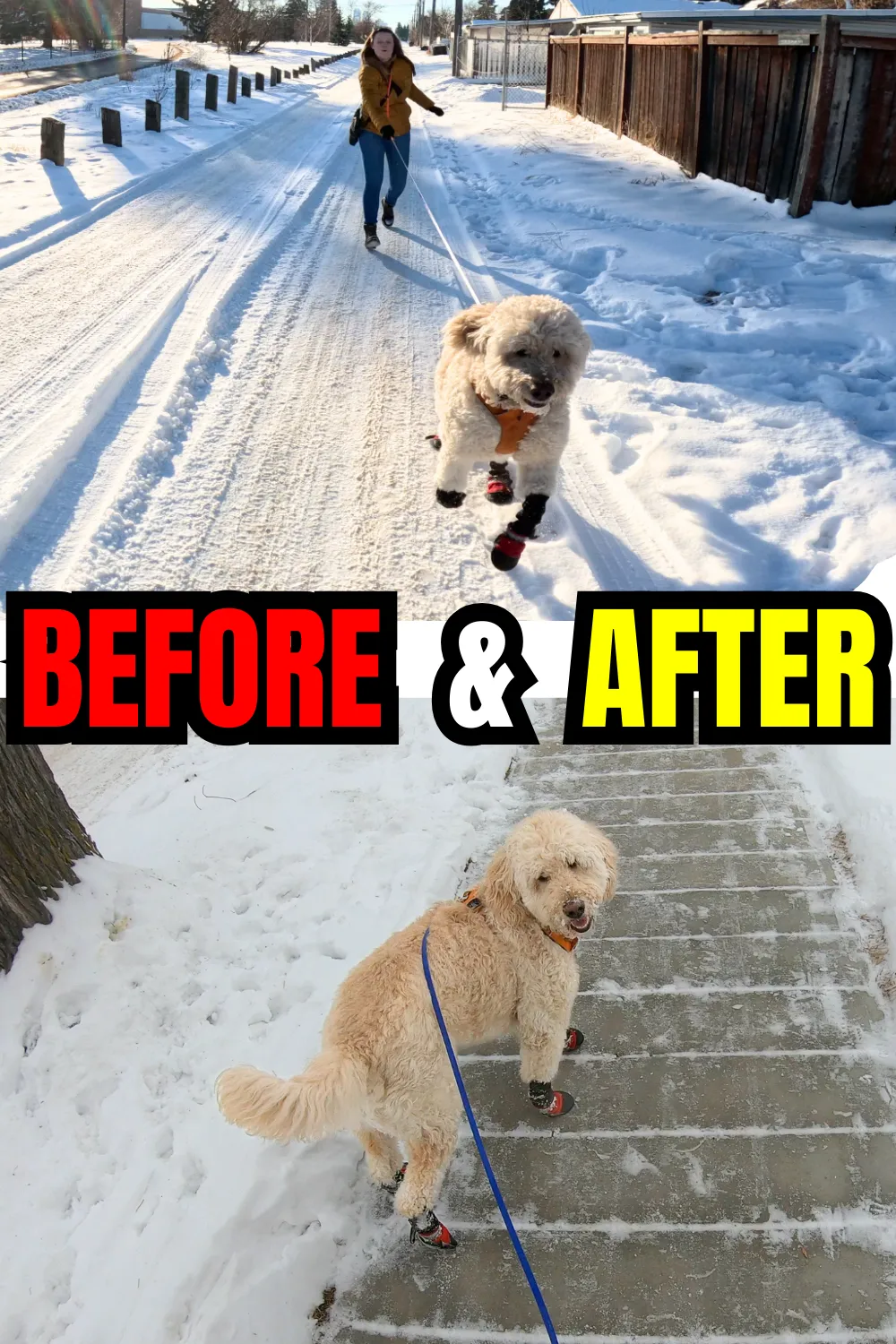Teaching your dog loose leash walking can be frustrating when they pull immediately after a treat. Many owners face this issue during training sessions, where the excitement overrides progress. As experienced dog trainers at Dog Care Story, we’ve helped countless pups master calm walks. The key is proactive strategies that build engagement and reinforce desired behaviors. For more foundational advice, check out how to teach my dog not to pull.
These five proven tips focus on preventing pulling before it starts, using positive reinforcement to encourage your dog to stay by your side. Whether you’re dealing with a high-energy puppy or an adult dog, consistency is crucial for long-term success in leash training.
1. Kick Off Walks with a Simple Recall Game
Preventing leash pulling begins before you even step out the door. Start by expending some of your dog’s excess energy and teaching them to check in with you naturally. This recall game sets a positive tone for loose leash walking.
Here’s how to play:
- Use a long leash and a handful of high-value treats.
- Drop 2-3 treats on the ground for your dog to find, then jog to the end of the leash.
- Once they finish eating, call their name. Mark the moment they turn toward you with a word like “yes,” and reward when they reach your side.
- Drop more treats and repeat, running away again.
- After a few rounds, stay silent to see if they follow voluntarily—this reinforces self-checking.
This builds engagement, making your dog more attentive during walks. It’s especially effective for breeds prone to distraction.
 Dog pulling on leash during a walk
Dog pulling on leash during a walk
2. Reinforce an Incompatible Behavior Early
One effective way to curb pulling is by prompting a behavior that can’t happen simultaneously. Spot signs your dog is about to lunge—like ears perking toward a distraction—and cue them to return to your side.
For instance, call them back and reward when they reorient to you. This proactive approach interrupts the pull before it escalates. Unlike waiting for the mistake, it teaches prevention through positive association. To build on recall skills, try how to teach my dog to come here.
Sitting or heeling becomes incompatible with pulling, reshaping their response to stimuli over time.
3. Evaluate the “Be a Tree” Method for Your Dog
The “be a tree” technique—stopping motion until slack returns—is popular for loose leash training. It relies on negative punishment by withholding forward progress. While it suits some calmer dogs, high-drive or young pups often frustrate quickly, leading to more tension.
Instead, prioritize rewarding sustained loose leashes while moving. This maintains momentum and motivates better. Assess your dog’s temperament: if stopping causes whining or digging in, shift to motion-based rewards for faster results.
4. Switch Directions to Reset the Pull
A dynamic solution is turning 180 degrees when pulling starts. Call your dog’s name cheerfully, then walk briskly the opposite way. Mark and treat when they catch up at your side with a loose leash.
Continue in the new direction until they pull again, then repeat. This keeps training fluid, rewarding position naturally without halting. Early sessions involve frequent turns, but walks smooth out quickly. For leash manners, explore teaching your dog to not pull on leash.
It’s ideal for open areas and avoids exhaustion from static methods.
5. Toss Treats Backward for Catch-Up Rewards
When pulling occurs, recall your dog, then toss a treat behind you on the ground. As they eat, resume walking forward. Reward again when they rejoin you at heel.
This positions them behind, requiring effort to catch up, reinforcing staying close. It combines recall with movement, perfect for ongoing walks. Pair it with how to get puppy to follow on leash for puppies.
Practice in low-distraction spots first, gradually adding challenges.
Mastering loose leash walking transforms outings for both you and your dog. Implement these tips consistently, using high-value rewards and short sessions. Track progress weekly, and adjust based on your dog’s response. Ready for more? Check how to teach your dog to not pull and start seeing calmer walks today. Happy training!
